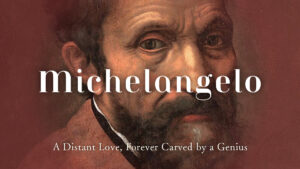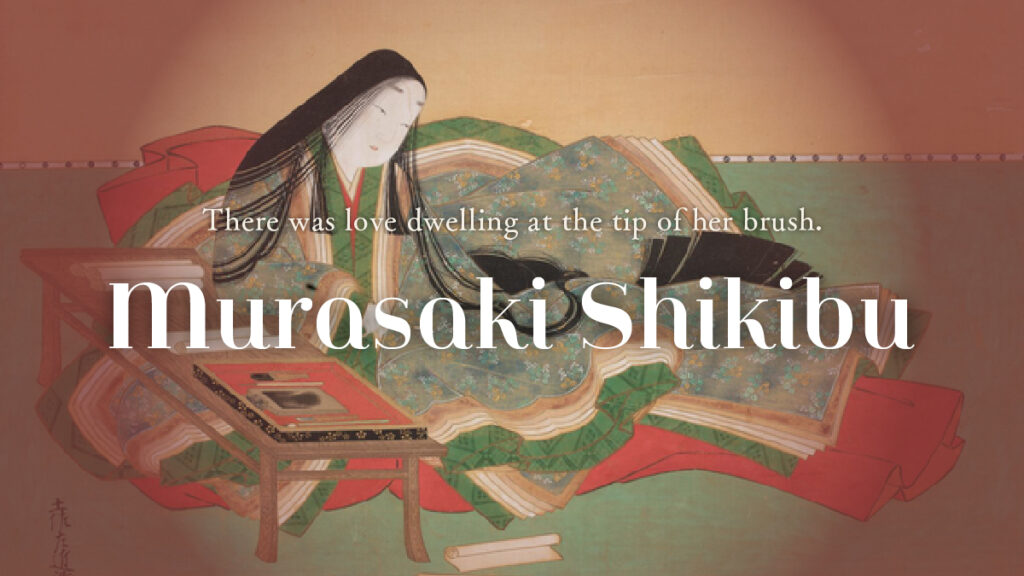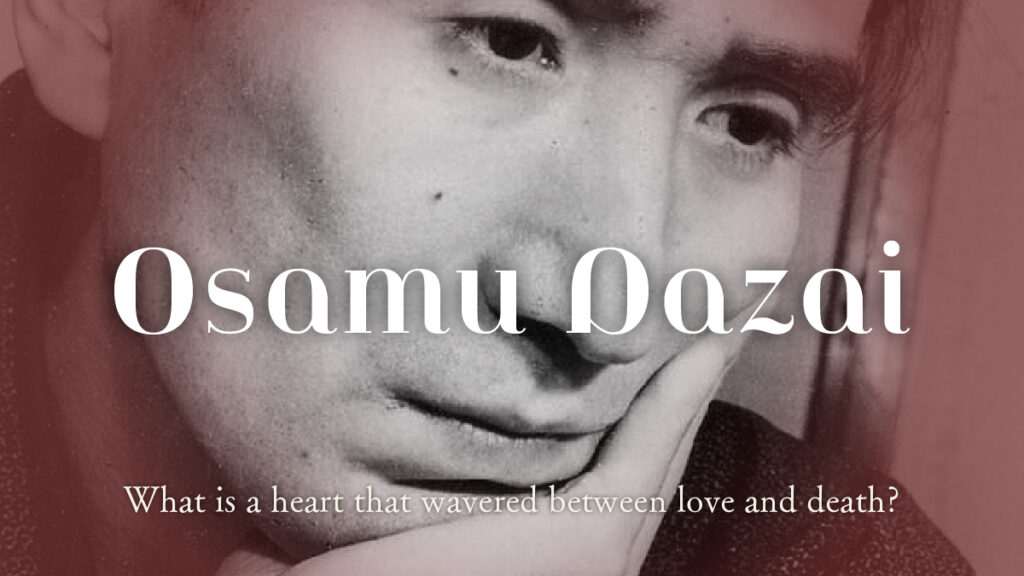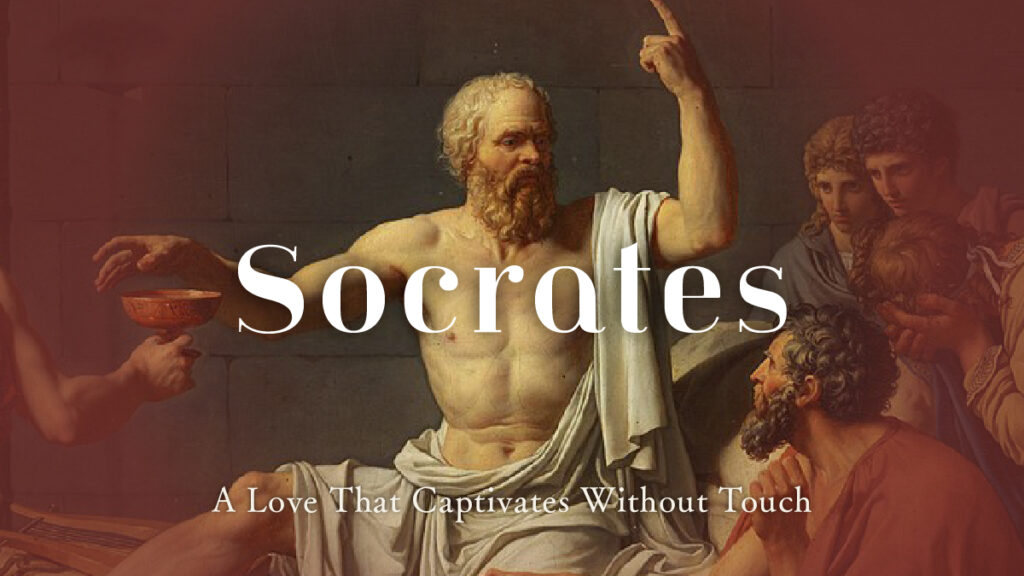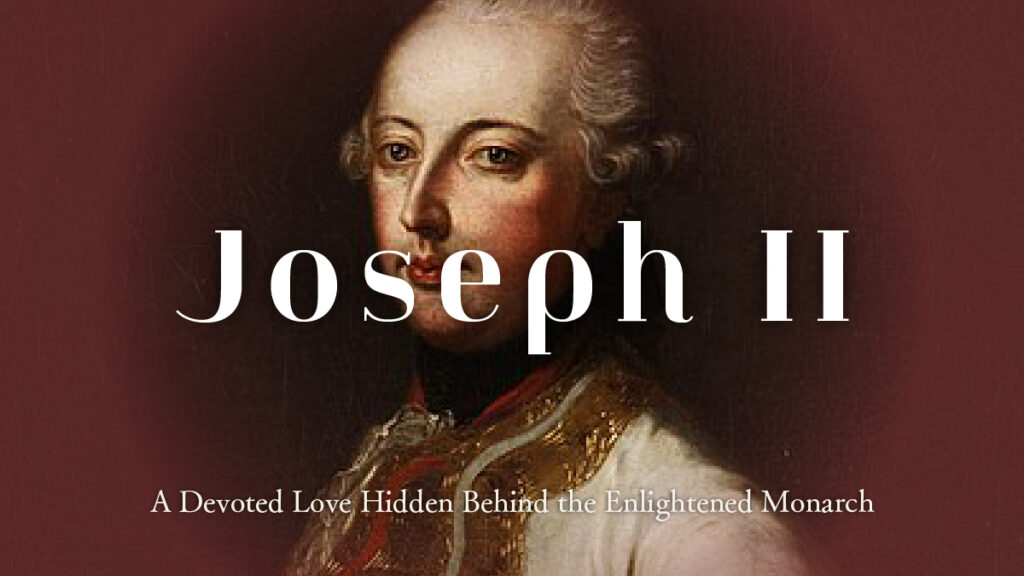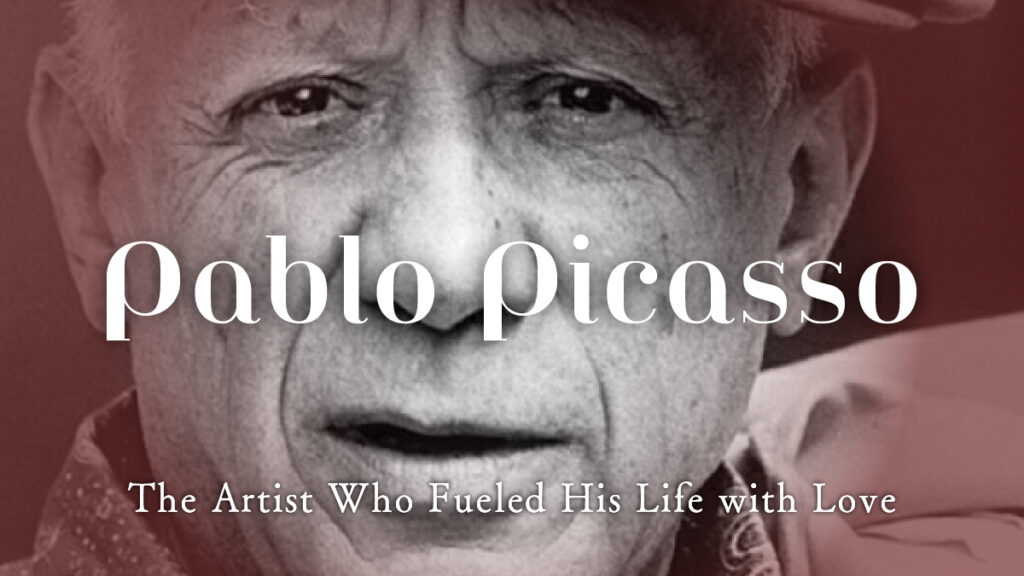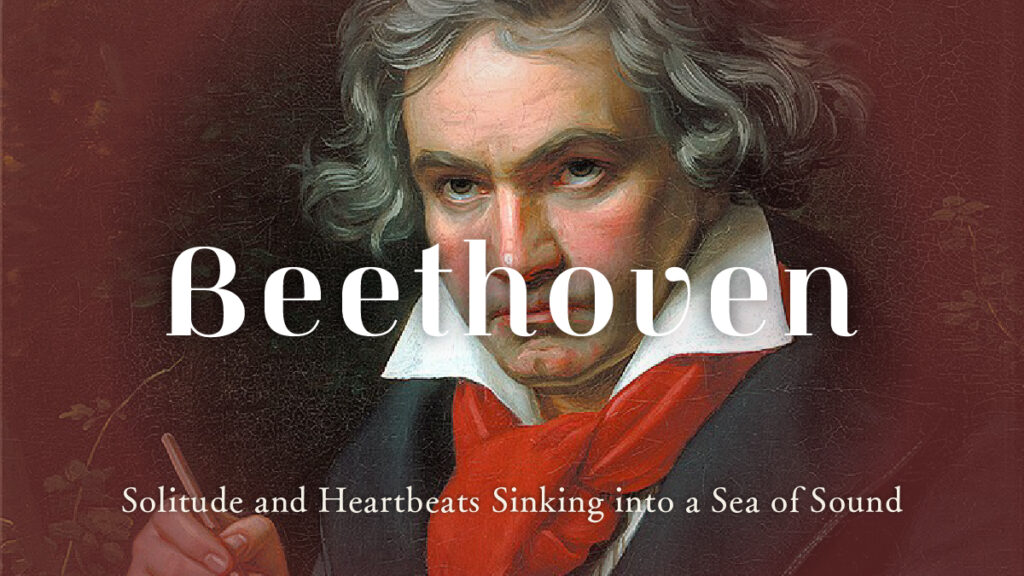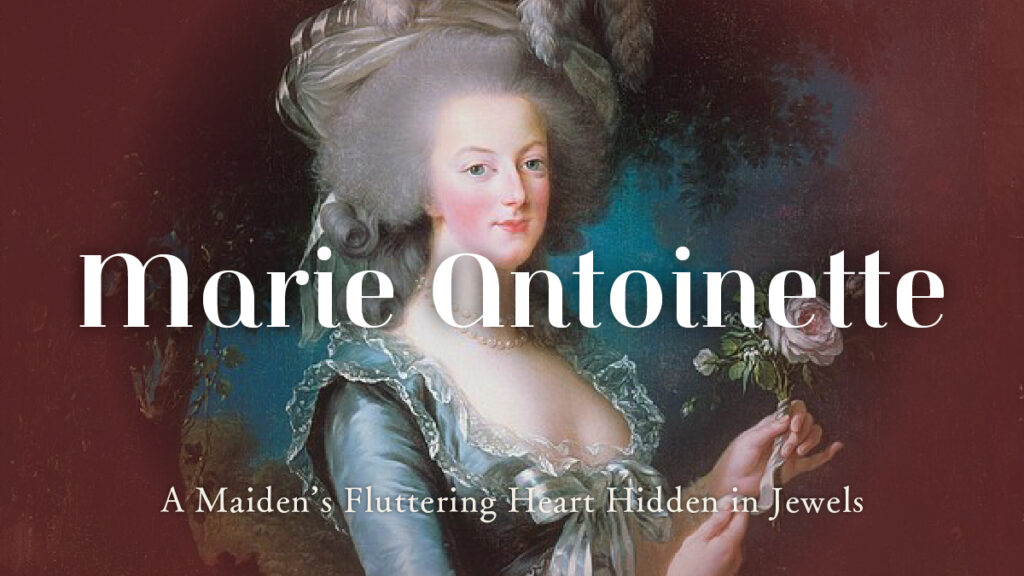Leonardo da Vinci’s View of Love|What Did the Universal Genius Hide in His Silent Passion?

When he picked up a brush, time seemed to stop.
Hair flowing like clouds, a fleeting smile, the soul glimmering deep within the eyes—
His touch could capture them all in an instant, as if echoing the breath of God.
Leonardo da Vinci.
Born in 1452 in the village of Vinci, Italy, he would later become known as the quintessential “Renaissance man.”
With masterpieces like the Mona Lisa and The Last Supper, alongside his work in anatomy, engineering, and astronomy, his intellect transcended every boundary.
But behind these achievements—what kind of love did he know? Whom did he see with those eyes?
Let us gently trace the outline of emotions he never spoke aloud.
A Soil Where Love Never Sprouted
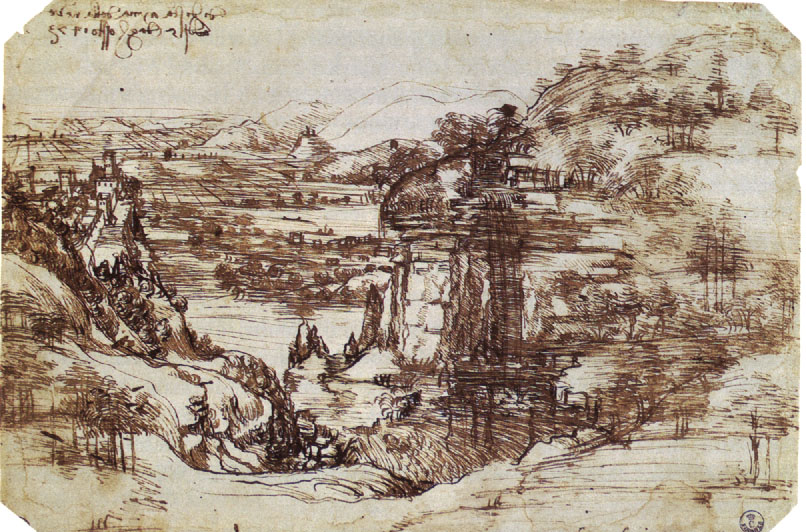
The Memory of His Mother and the Loneliness of Beginnings
Leonardo was born in 1452 out of wedlock. His father, Piero, was a notary; his mother, Caterina, a farmer’s daughter.
He spent his early childhood with his mother but was later taken in by his father and raised near Florence.
His mother’s presence gradually faded. Perhaps, for Leonardo, the very idea of “women” became something distant and indistinct.
Instead, nature became his earliest fascination: the shape of leaves, the fluttering of birds, the shimmer of water.
To observe, to record, to imitate—he was more enchanted by decoding the world than by loving it.
Even as he reached the age when others pined for romance, Leonardo found allure not in warmth of skin but in the interplay of light and shadow across the human body.
Shifting Emotions Beneath the Mask of Friendship

Accusation and Silence, the Shadow on His Heart
At 24, Leonardo was immersed in his work at Verrocchio’s workshop, captivated by composition and the magic of light.
Then came the upheaval: an accusation of sodomy—a forbidden relationship with a young man.
In Renaissance Italy, homosexuality was a grave religious and social crime. A conviction could mean death.
The charges were dropped for lack of evidence, but the shadow etched itself deep into his psyche.
Was love something to be painted, not spoken of?
In his silence, he entrusted emotion to the stroke of his brush.
Between Art and Desire
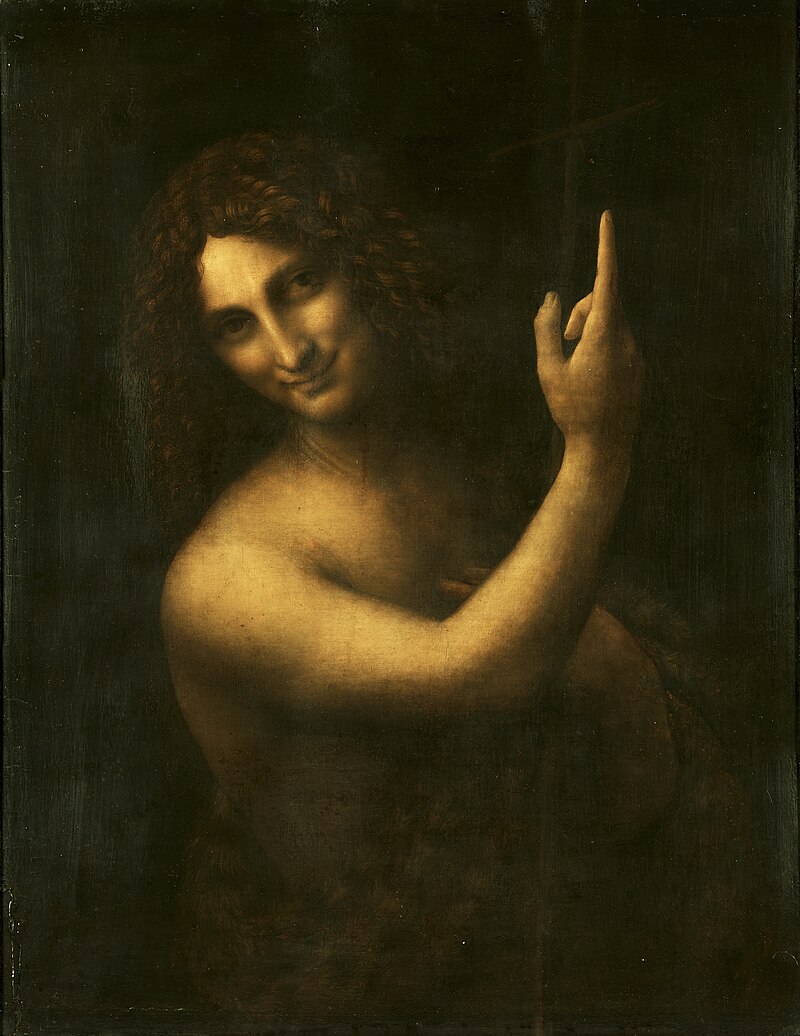
The Little Devil Appears
In his thirties, Leonardo encountered a boy named Gian Giacomo—nicknamed “Salai.”
Just ten years old, with golden curls, striking features, and a mischievous yet endearing nature.
He had caused a commotion in the marketplace. Something in him caught Leonardo’s eye. He was taken in as an apprentice and eventually lived with him.
Leonardo’s notes describe him harshly—”Salai, thief, liar, glutton”—yet Salai remained by his side for thirty years.
In works like Bacchus and Saint John the Baptist, we can trace Salai’s features.
Many of Leonardo’s male nudes, created under the guise of artistic study, carry a faint trace of intimacy and sensuality.
Was their bond physical? Spiritual? We may never know.
But their long years together—living, quarreling, loving, and painting—transcended the bounds of mere mentorship.
Love, obsession, or muse—perhaps all three.
The answer remains sealed in the gaze of Salai.
A Meeting with Quiet Inheritance
In his fifties, Leonardo traveled between Milan and Rome, caught between art and science.
It was then he met Francesco Melzi, a noble-born youth of fifteen.
Well-educated, handsome, and above all, possessing a calm intelligence that deeply moved Leonardo.
He likely saw in Melzi a successor to his mind and sensitivity.
Melzi was more than a pupil: he was secretary, student, and perhaps a spiritual companion.
Leonardo’s notebooks are filled with gentle instructions and advice for Melzi, written with a touch of affection.
As he tackled chaotic compositions like The Battle of Anghiari, both Salai and Melzi were by his side.
If Salai embodied passion and disorder, Melzi was serenity and structure.
Perhaps it was in Melzi’s quiet gaze that Leonardo found his first wordless understanding.
A Quiet End with a Gentle Companion
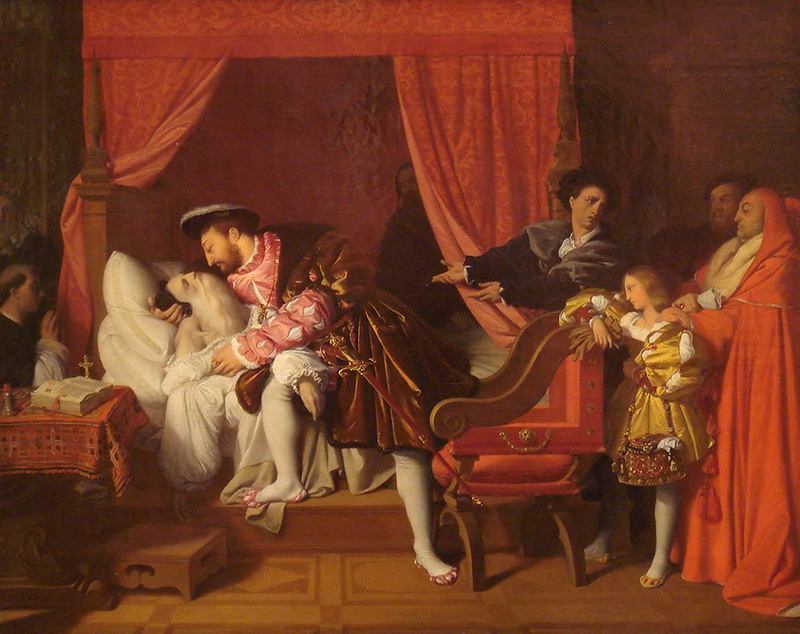
Peaceful Days in France
In his later years, Leonardo was invited by King Francis I of France and moved to Amboise.
His right hand already failing, he lived a tranquil life with Melzi, continuing to refine the Mona Lisa and organize his notebooks.
By then, Salai had gone his own way, working as an independent painter in Italy.
In the spring of 1519, Leonardo passed away quietly in Amboise.
It’s said Melzi was by his side, and even the king mourned his death.
His will left manuscripts, clothing, tools, and other possessions to Melzi.
Salai received a portion of household goods and some paintings.
He was buried at the Church of Saint-Florentin in Amboise. There, the soul of a man who sought the mysteries of creation came to rest.
A Genius Who Embraced the World Yet Hid His Love in Silence
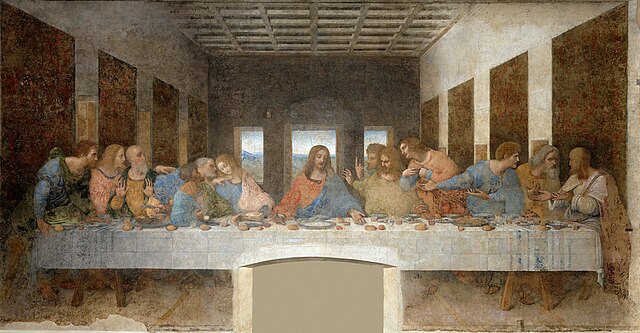
A Heart Sealed Behind Every Line
In his 67 years of life, Leonardo never married, never wrote love letters, and left no romantic scandals.
He seemed to keep his distance from women. One note describes sex as “a repugnant act by which man falls to the level of beasts.”
He never equated desire with creativity or spirituality. This stance never wavered.
Some speculated he disliked women, but no records show disdain. If anything, he idealized them.
The women he painted wore mysterious, ethereal smiles—untouchable, eternal.
Perhaps their unreachable nature was what made them immortal in his eyes.
Love Hidden Beneath the Canvas
Leonardo’s love lived not in words or touch, but in motion, structure, and expression.
Both the wild Salai and the serene Melzi breathe within the margins of his sketches.
He did not define love, nor name it—he simply observed it.
That, perhaps, was his way of loving.
Among the legacy he left behind—what kind of love do you see?
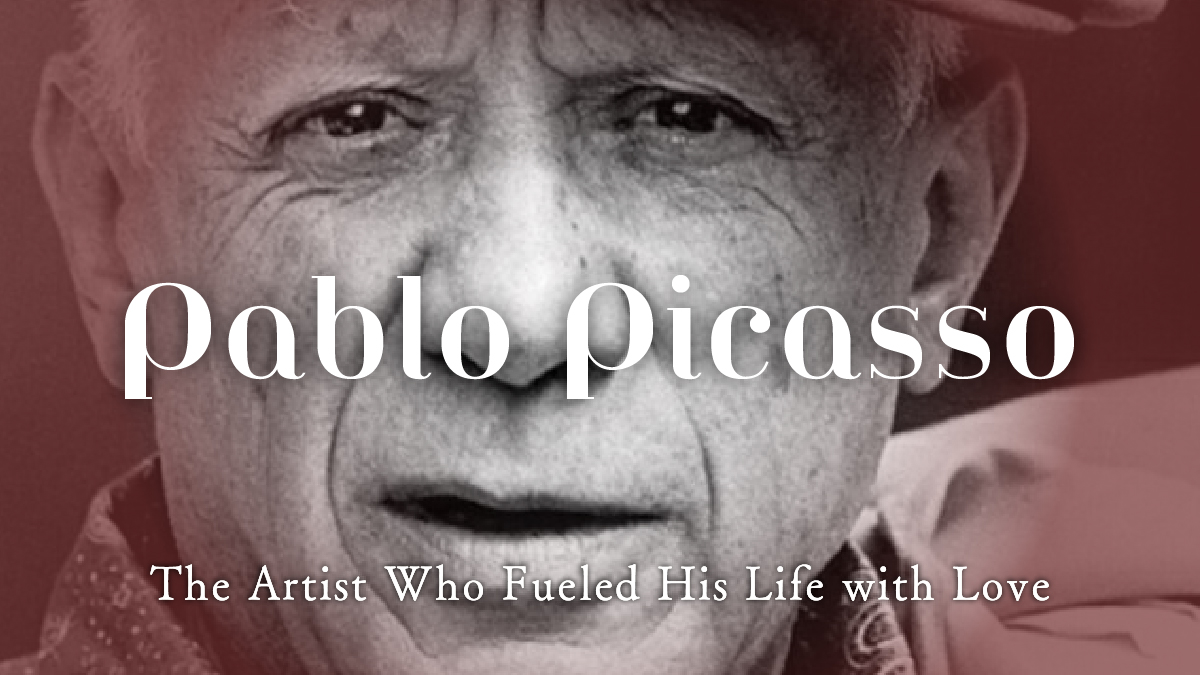

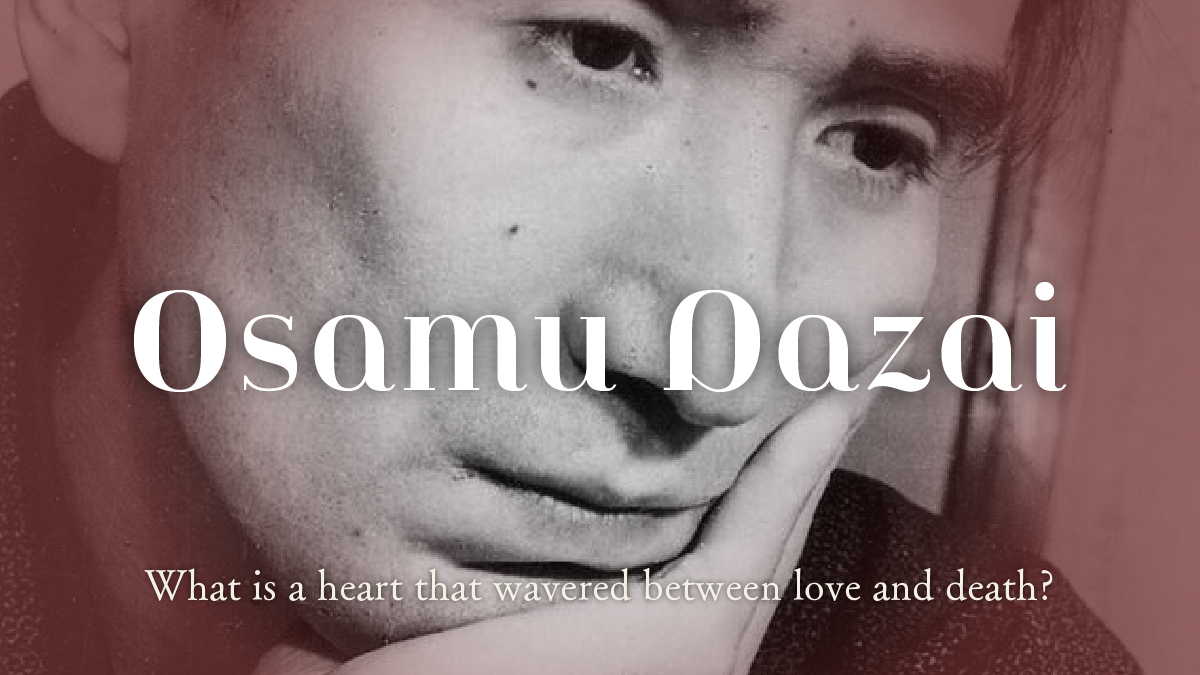
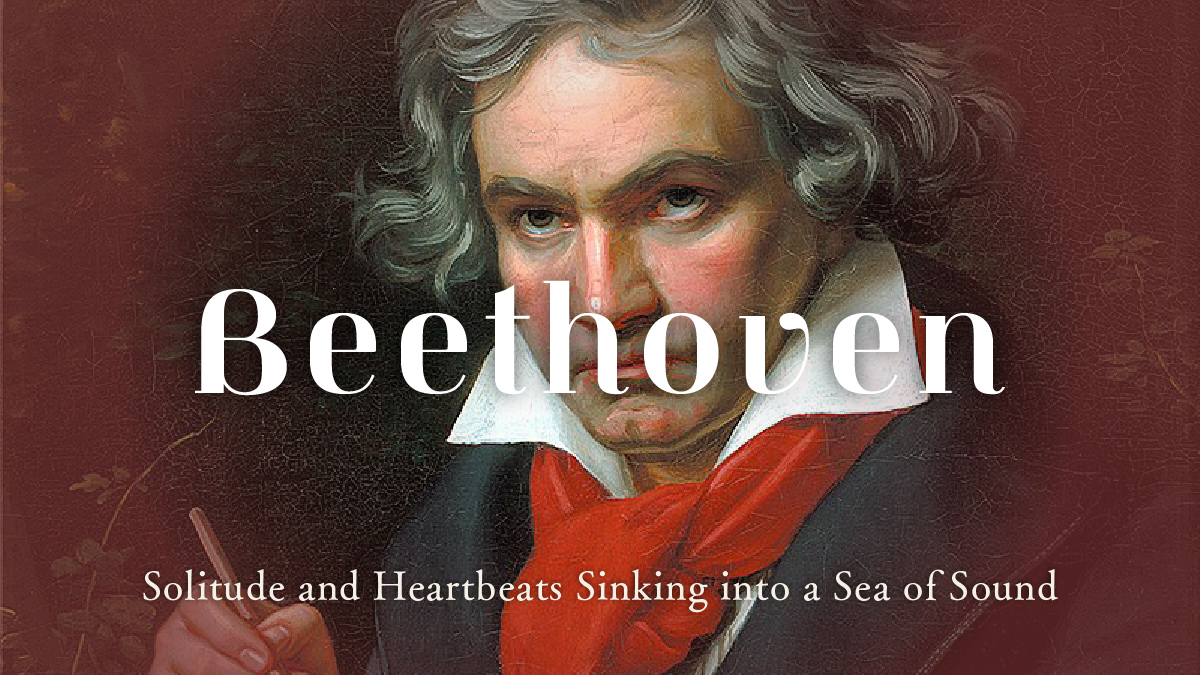
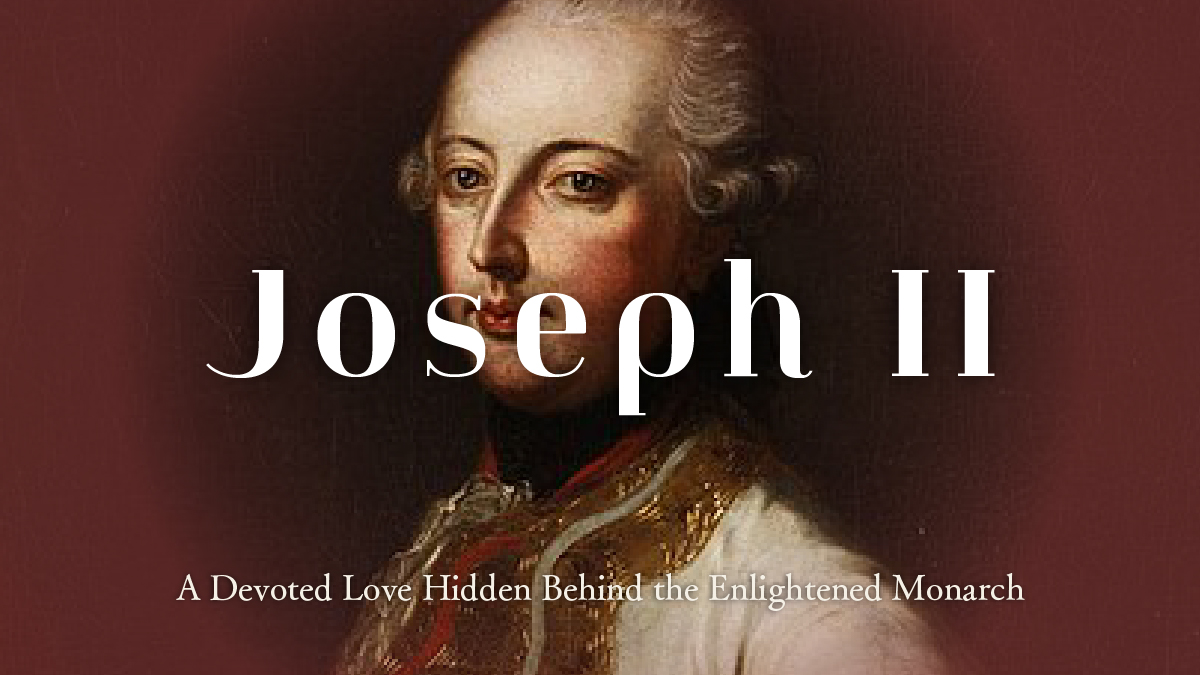
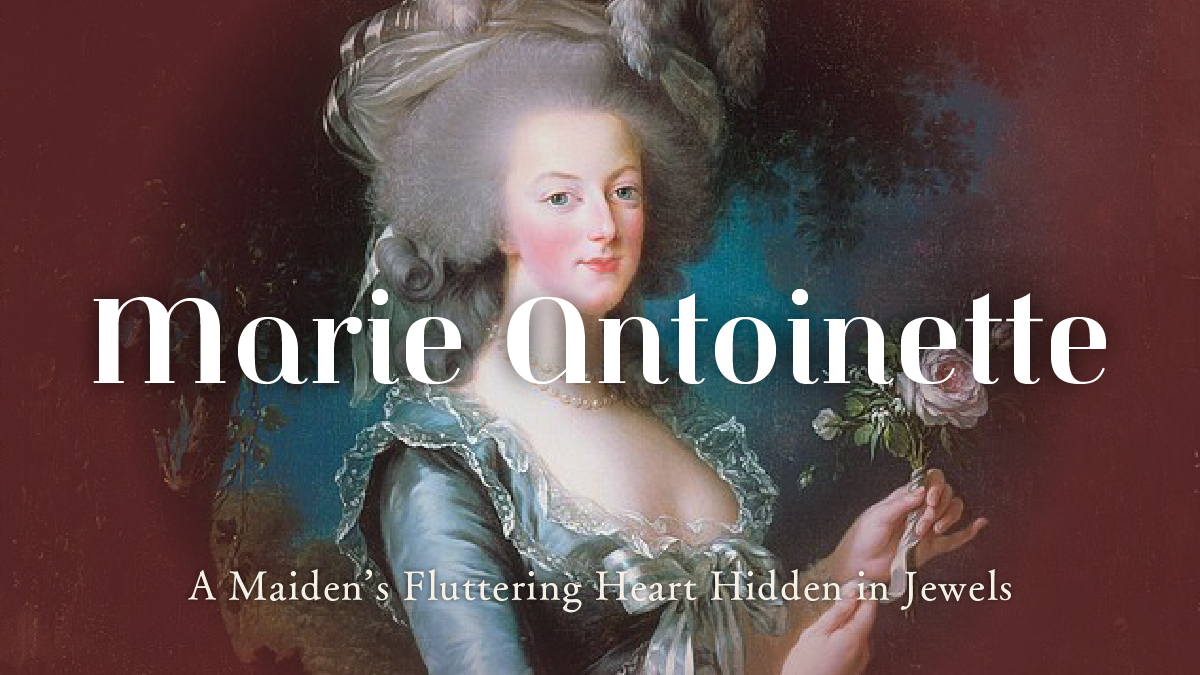

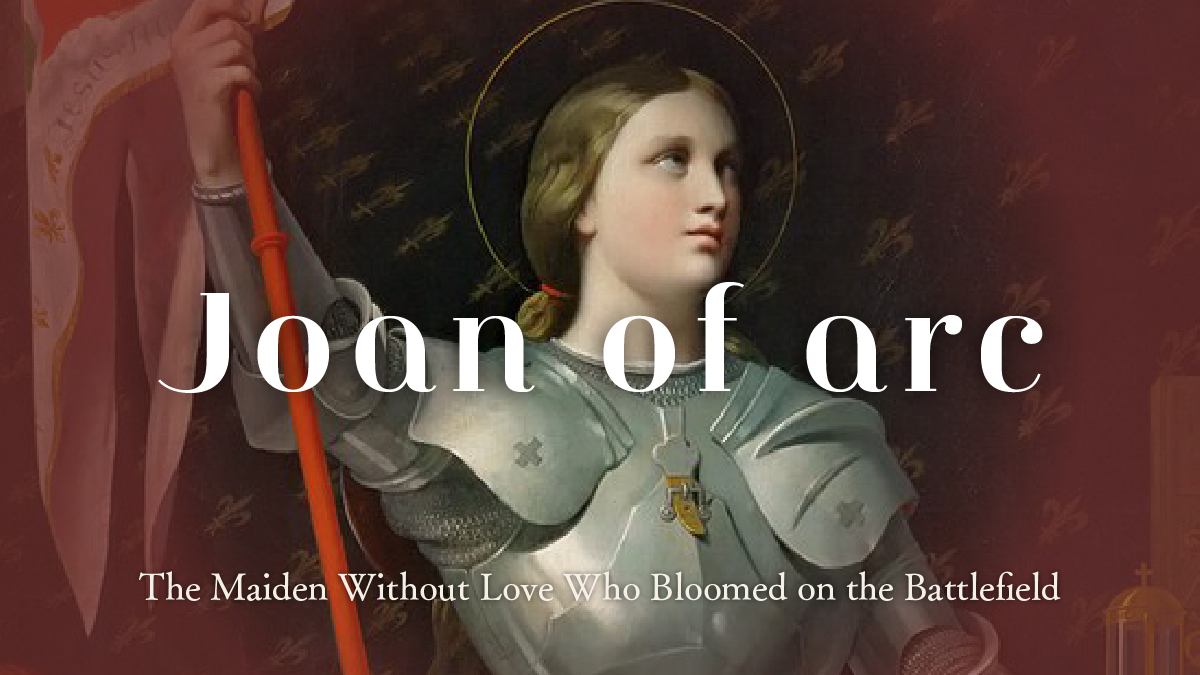
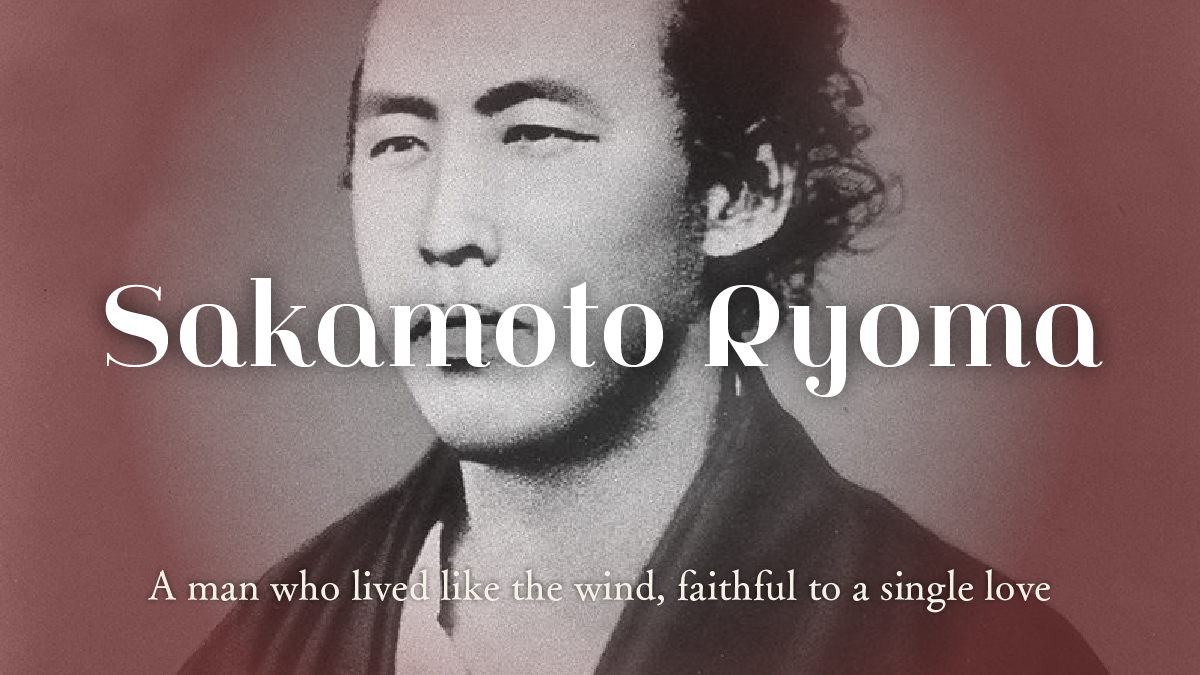
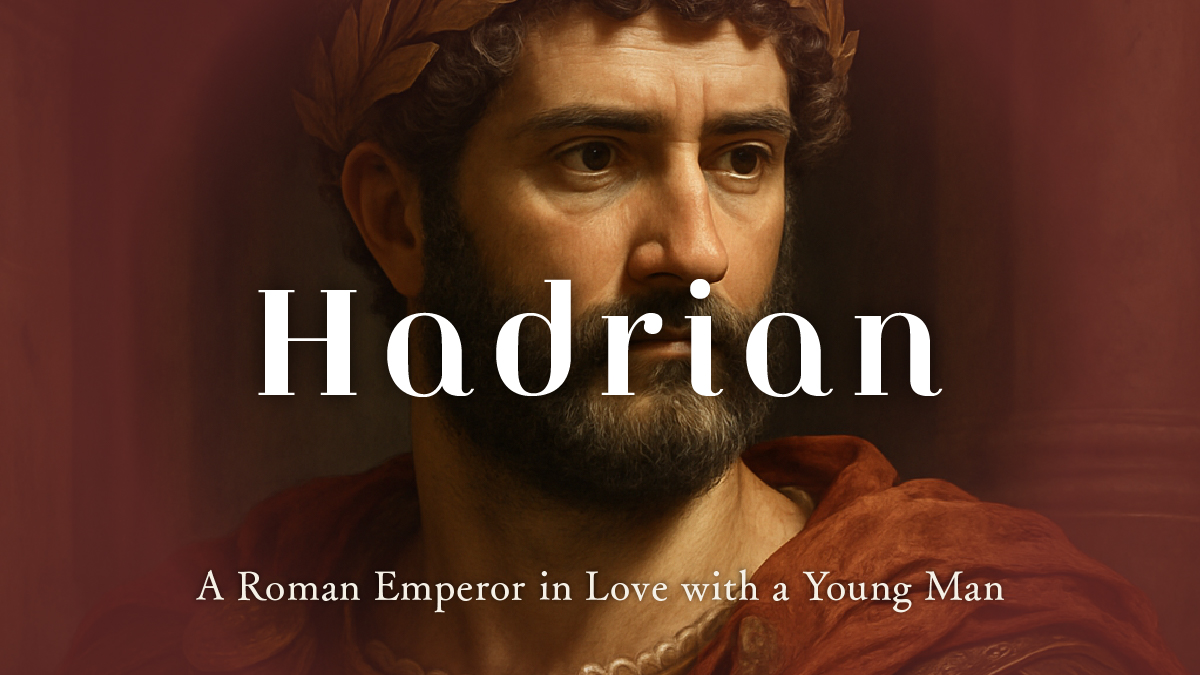

 日本語
日本語
